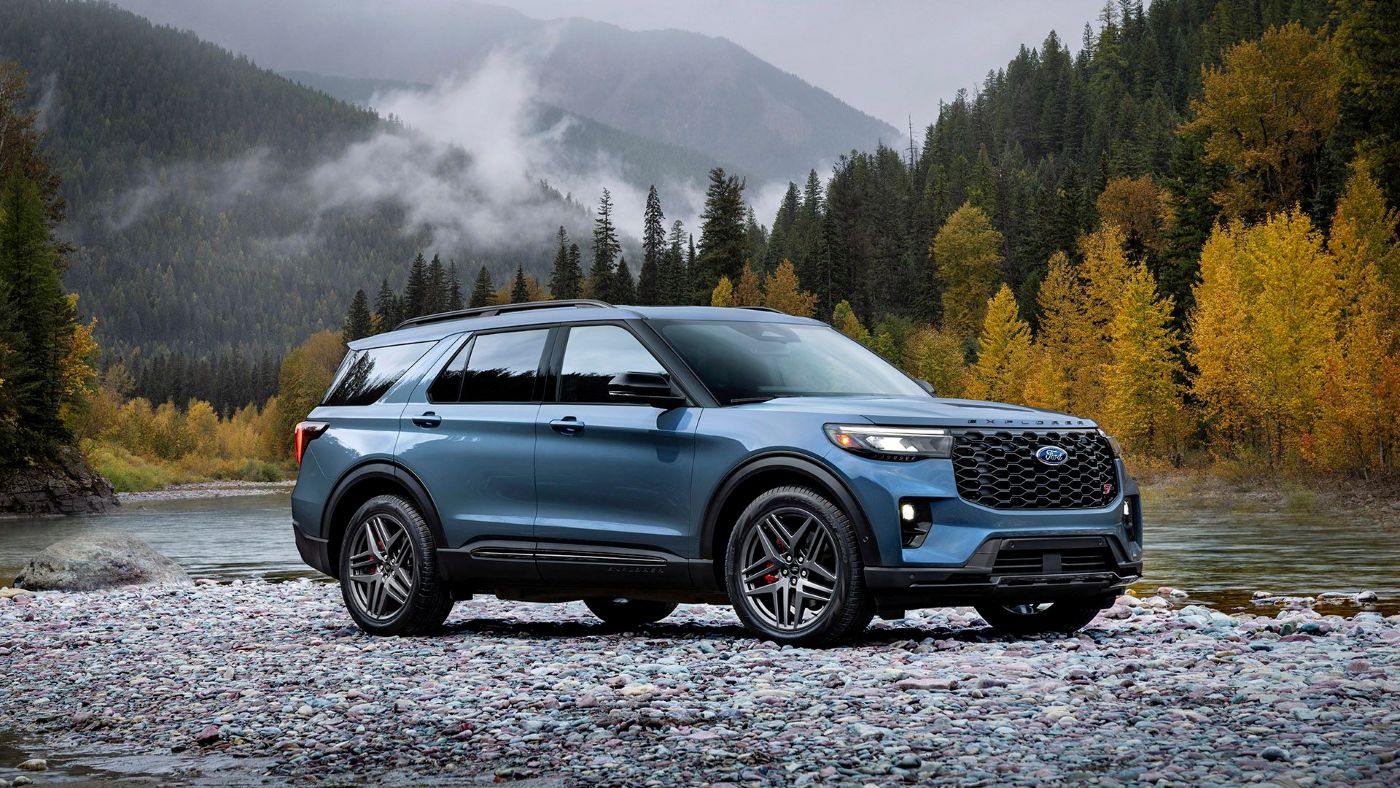When it comes to vehicle ownership, reliability and performance are at the top of most drivers’ priorities. One critical aspect of a vehicle’s reliability is its ability to manage engine temperature effectively. Overheating is a common and serious problem that can lead to extensive engine damage, costly repairs, and inconvenient breakdowns.
For many car owners, overheating is not just an occasional nuisance but a persistent issue that influences their choice of vehicle, especially in regions with hot climates or heavy stop-and-go traffic.
Understanding which vehicles tend to overheat less frequently — and which are more prone to thermal problems — can save owners significant headaches and expenses down the road.
Vehicles that rarely overheat are usually designed with robust cooling systems, high-quality materials, and thoughtful engineering to dissipate heat efficiently, even under stressful driving conditions. Their radiators, fans, thermostats, and coolant circulation systems are all optimized to maintain stable operating temperatures.
Additionally, the way airflow is managed around the engine bay can greatly influence thermal control, as can the type of engine and its heat generation characteristics. Some manufacturers prioritize these design elements, resulting in vehicles that can reliably handle towing, steep climbs, long drives in extreme heat, and heavy traffic without suffering temperature spikes.
On the other hand, certain vehicles have earned a reputation for constant overheating, often due to design flaws, subpar cooling components, or inadequate maintenance protocols. In some cases, the original engineering choices — such as undersized radiators, weak fans, cramped engine bays, or poor material durability — create a perfect storm for heat buildup.
These vehicles may experience overheating during routine driving scenarios, causing engine stress, coolant leaks, or even catastrophic failure if left unresolved. For drivers, owning a vehicle that frequently overheats means ongoing vigilance, costly repairs, and an elevated risk of roadside breakdowns.
In this article, we delve into two categories of vehicles: those that rarely overheat and those that consistently struggle with engine temperature management. We explore five models from each category, highlighting the design features and engineering choices that contribute to their respective reputations.
From the reliable Toyota Camry and Honda Accord to the problematic early 2000s Ford Explorer and Jeep Grand Cherokee, each vehicle’s cooling system tells a story about automotive priorities, trade-offs, and innovation.
By understanding the technical and practical factors that influence overheating, prospective buyers and current owners can make better-informed decisions. Whether it’s choosing a new vehicle, considering aftermarket upgrades, or planning maintenance schedules, knowledge about thermal management is invaluable.
This article aims to provide a comprehensive look at the vehicles on both ends of the spectrum, offering insights into why some cars run cool under pressure while others struggle to keep their engines from overheating.
Overheating doesn’t just affect performance — it impacts safety, environmental emissions, and the longevity of the engine itself. Drivers who are aware of their vehicle’s cooling system capabilities are better equipped to avoid common pitfalls and ensure their cars remain dependable through all kinds of driving conditions.
As you read through the detailed analyses of each model, keep in mind that proper maintenance and timely interventions often make the difference between a vehicle that runs smoothly and one that repeatedly overheats.
Also Read: 5 SUVs With Lowest NVH (Noise/Vibration/Harshness) and 5 Rattlers
5 Vehicles That Rarely Overheat
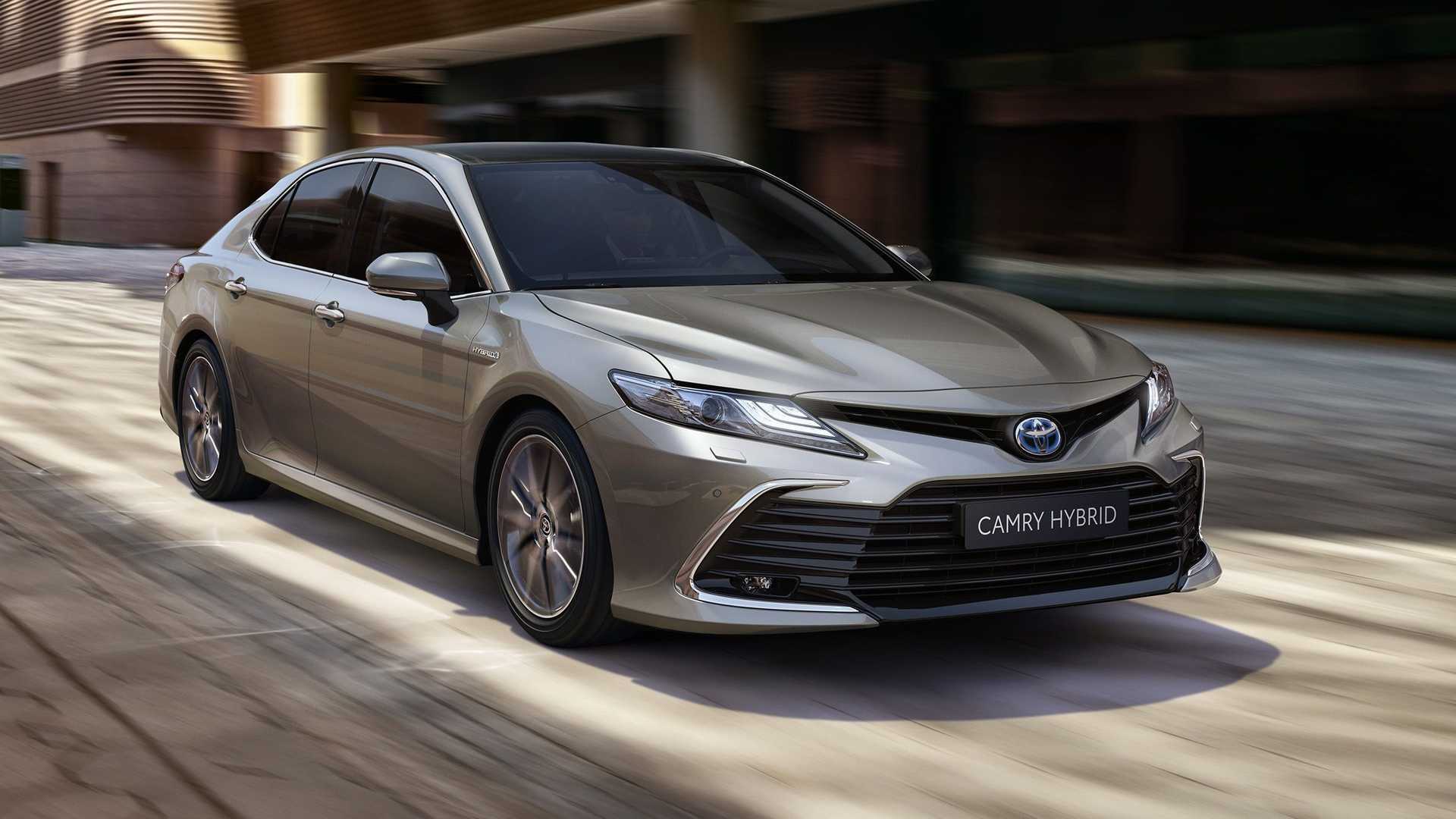
Toyota Camry
The Toyota Camry’s reputation for reliability is well-deserved, especially when it comes to its ability to maintain optimal engine temperature under diverse driving conditions. One of the core reasons behind this is Toyota’s meticulous engineering of the Camry’s cooling system.
The vehicle utilizes a large, high-efficiency radiator paired with an electronically controlled thermostat, which precisely regulates coolant flow based on the engine’s temperature and demand. This system allows the Camry to adapt fluidly to different driving scenarios, whether cruising on the highway or idling in traffic, preventing the engine from running too hot or too cold.
In addition to mechanical components, the Camry’s design carefully manages airflow to the engine bay. The front grille and hood vents are strategically placed to channel fresh air toward the radiator and engine block, aiding in passive cooling.
Even when the vehicle is moving slowly or stationary, electric fans help maintain airflow, preventing heat buildup. This intelligent airflow management is especially crucial during summer months or in hot climates, where ambient temperatures can push engines to their thermal limits.
The Camry’s engine choices also contribute significantly to its cooling success. Most Camry models use naturally aspirated four-cylinder or V6 engines, which generate less heat compared to turbocharged or highly tuned performance engines.
Naturally aspirated engines tend to have simpler cooling needs and produce more consistent heat distribution, reducing hotspots that could cause localized overheating. This simplicity not only aids thermal regulation but also improves engine longevity and reduces the likelihood of overheating-related damage.
Furthermore, Toyota’s focus on maintenance and durability bolsters the Camry’s performance in this area. Genuine Toyota parts, such as long-life coolant and quality hoses, are readily available, making upkeep straightforward and affordable.
Many Camry owners adhere to the recommended coolant flush schedules and perform timely inspections of the cooling system, helping prevent leaks and component wear that might otherwise lead to overheating.
This combination of thoughtful design, reliable parts, and responsible owner maintenance has made the Toyota Camry a benchmark for vehicles that rarely suffer from overheating.
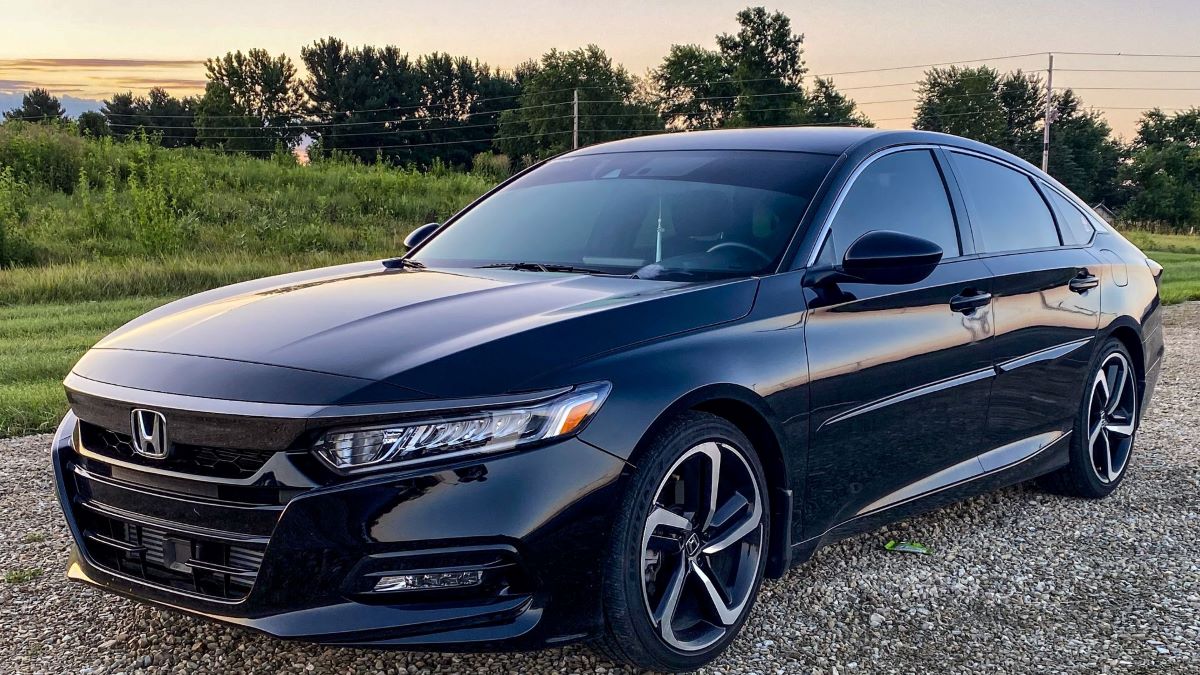
Honda Accord
The Honda Accord is a standout in the midsize sedan segment, known not only for its balance of comfort and performance but also for its excellent temperature control. One key to the Accord’s low overheating frequency lies in its well-engineered cooling system, which incorporates a large aluminum radiator and a high-capacity water pump.
These components work together to circulate coolant efficiently, ensuring that heat is drawn away from the engine rapidly and consistently. The water pump’s reliability and design allow for stable coolant flow even under demanding conditions such as heavy traffic or mountainous terrain.
Another factor aiding the Accord’s thermal management is its sophisticated thermostat system. Unlike older, mechanical thermostats, many newer Accord models employ electronically controlled thermostats that adjust coolant flow dynamically based on real-time engine temperatures and driving conditions.
This system prevents the engine from overheating by allowing quicker coolant circulation during intense heat and reducing it during cooler periods to optimize fuel efficiency. Such precise control reduces wear on the engine and the cooling system components.
The Accord also benefits from a thoughtfully designed engine bay that optimizes airflow. Honda engineers ensure that there is minimal obstruction between the front grille and the radiator, allowing maximum fresh air to cool the engine.
Moreover, the cooling fans are sized appropriately and controlled via temperature sensors to engage only when necessary, reducing unnecessary load on the engine and improving overall efficiency. This efficient airflow design means the engine stays cool even in stop-and-go traffic or while towing light loads.
Durability of materials also plays a critical role. Honda uses corrosion-resistant aluminum radiators and reinforced coolant hoses that withstand heat and pressure over extended periods. This material quality reduces the chances of leaks and mechanical failures that commonly cause overheating in other vehicles.
In addition, the Accord’s recommended maintenance regimen, which emphasizes timely coolant flushes and inspections, helps keep the cooling system in peak condition. Together, these features have solidified the Honda Accord’s status as a vehicle that rarely overheats.
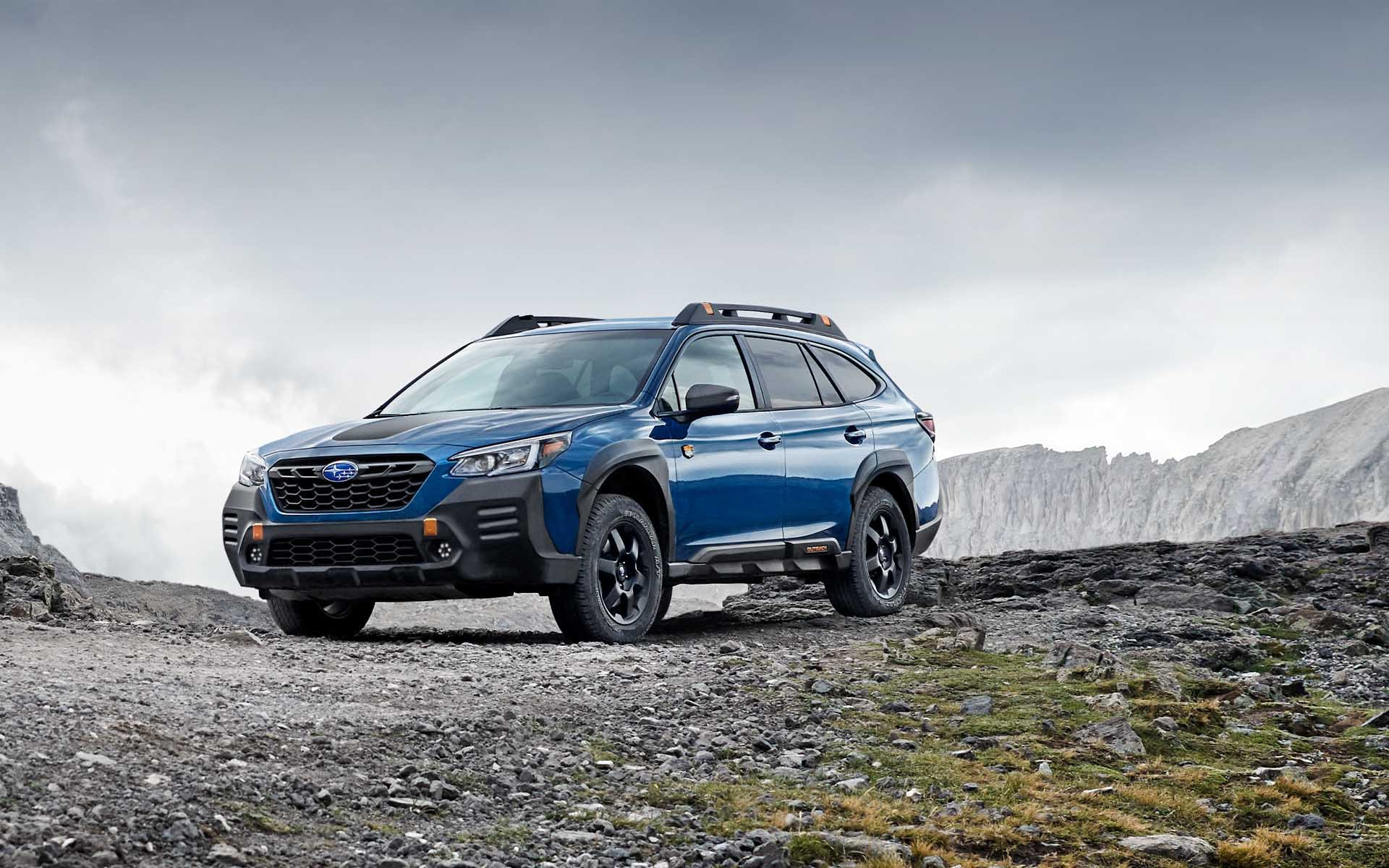
Subaru Outback
The Subaru Outback’s unique engine design and rugged build contribute significantly to its reputation for avoiding overheating. One of the standout features is its use of a horizontally opposed “boxer” engine, which differs from the conventional inline or V-shaped engines found in most vehicles.
This boxer layout lowers the engine’s center of gravity, but more importantly for temperature management, it distributes heat more evenly across the engine block. Heat dissipation is less concentrated, reducing the chances of hotspots that could lead to overheating.
In addition to the engine layout, Subaru has equipped the Outback with a robust cooling system tailored to its all-wheel-drive (AWD) configuration. AWD systems tend to place higher demands on the engine, which can increase operating temperatures.
To counter this, Subaru employs a larger radiator and dual electric fans that activate based on temperature sensors. These fans provide necessary airflow even when the vehicle is idling or in slow-moving traffic, which is often when overheating risks are highest. The Outback’s cooling fans are known for their reliability and power, ensuring steady engine temperatures.
The engine bay itself is designed with efficient airflow in mind. Subaru engineers ensure that air intake paths are unobstructed, channeling fresh air to critical cooling components.
The Outback also features strategically placed vents and heat shields that protect sensitive components from heat soak while allowing the engine to cool effectively. This attention to detail in thermal management means the Outback maintains safe operating temperatures during long highway drives or when driving in harsh environments.
Finally, the quality of Subaru’s cooling system materials aids in preventing overheating. Coolant hoses and radiator components are made from high-grade, corrosion-resistant materials that withstand long-term exposure to heat and pressure.
This durability, combined with Subaru’s emphasis on regular maintenance, including scheduled coolant flushes and inspections, helps maintain the integrity of the cooling system. Many Outback owners report driving tens of thousands of miles without overheating issues, underscoring the model’s dependability in thermal management.
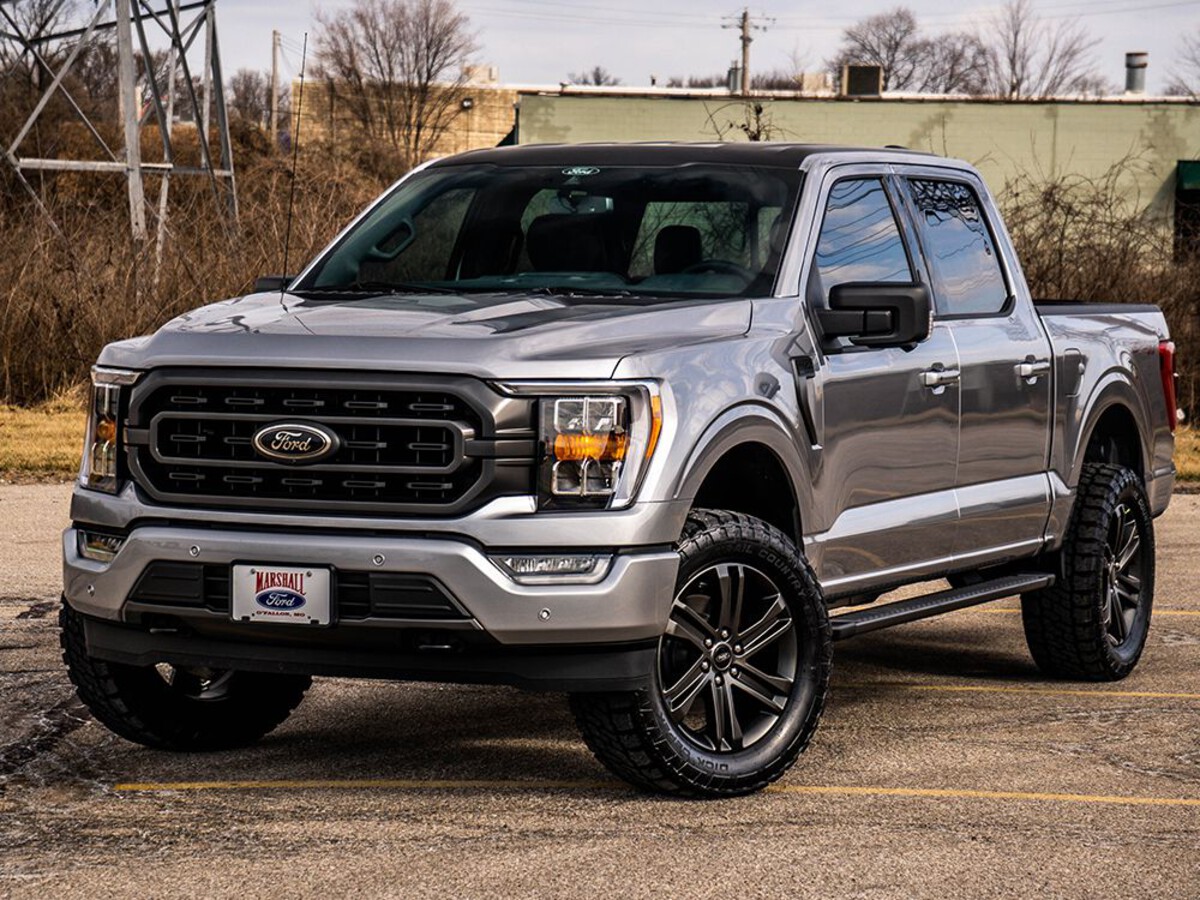
Ford F-150 (Recent Models)
The Ford F-150, America’s best-selling pickup truck for decades, has evolved considerably in recent years, particularly regarding engine cooling and overheating prevention.
Trucks generally face greater thermal challenges due to their size, heavy payloads, and frequent use in harsh conditions. Ford has addressed these issues by equipping recent F-150 models with advanced cooling technology, including larger, more efficient radiators and auxiliary transmission coolers that reduce the heat load on the engine.
One of the key advancements in the F-150’s cooling system is the use of intelligent, computer-controlled electric fans that adjust their speed based on engine temperature and vehicle speed.
This variable fan speed improves cooling efficiency without sacrificing fuel economy or creating unnecessary engine drag. The system’s sensors continuously monitor heat levels and engage fans as soon as temperature thresholds are approached, providing a rapid response to prevent overheating.
In addition to the cooling fans, Ford has optimized the F-150’s front grille and engine bay airflow. The large grille allows ample air intake, which is critical for cooling the engine and transmission.
At the same time, the engine bay is designed to channel hot air away from sensitive components, aided by vents and heat shields. This aerodynamic approach not only improves cooling but also enhances fuel efficiency by reducing drag.
Ford’s range of engine options, from naturally aspirated V6s to turbocharged EcoBoost engines, all benefit from these cooling system improvements. E
ven the powerful EcoBoost variants, which generate more heat due to forced induction, maintain safe temperatures thanks to carefully engineered radiators and intercoolers. Combined with routine maintenance encouraged by Ford’s service schedules, the F-150’s thermal management system makes it one of the most dependable trucks when it comes to avoiding overheating.
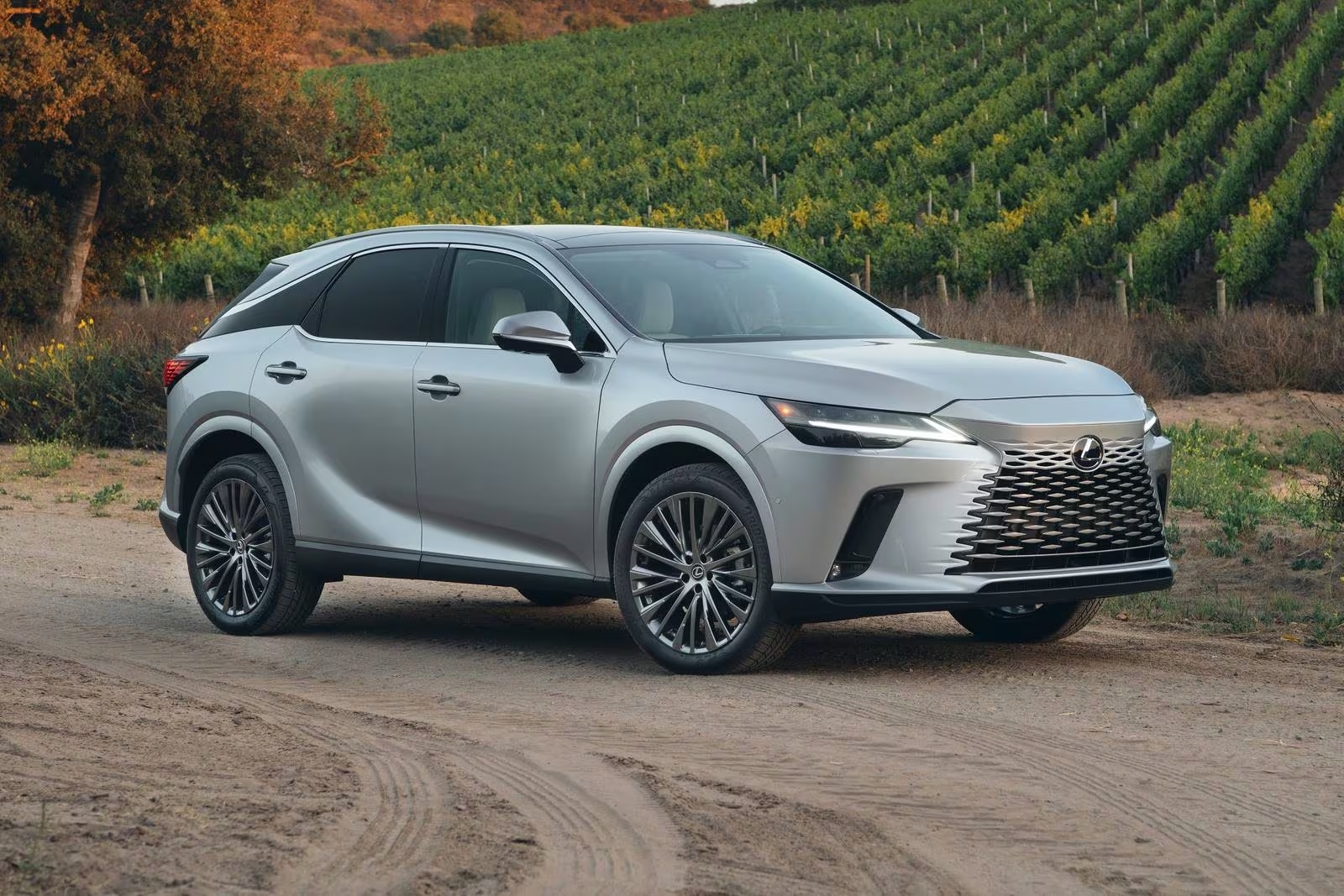
Lexus RX
The Lexus RX exemplifies luxury combined with robust engineering, particularly in its ability to maintain engine temperature under a variety of driving conditions.
Building on Toyota’s foundational reliability, Lexus enhances cooling system components with premium materials and advanced technology. The RX’s cooling system includes multiple electric fans, a large aluminum radiator, and a smart thermostat that adjusts coolant flow dynamically based on precise engine monitoring.
A standout feature of the RX is its multi-stage cooling fan system, where fans can activate independently or together depending on engine heat load.
This design ensures efficient cooling without excessive power draw or noise, which is critical in a luxury vehicle where cabin comfort is paramount. The system’s responsiveness prevents temperature spikes, especially during heavy acceleration, towing, or driving in hot climates.
The RX’s engine bay is carefully insulated to prevent heat soak into the passenger compartment while optimizing airflow around the engine and cooling components.
This balance is crucial because excessive engine bay heat can degrade component lifespan and increase under-hood temperatures, yet cabin comfort must be maintained for luxury standards. Lexus engineers have successfully integrated heat shielding and ventilation channels that work in tandem to achieve this balance.
Material quality also plays a significant role. Lexus uses corrosion-resistant radiators, reinforced coolant lines, and long-lasting water pumps to ensure durability.
The brand’s strict maintenance guidelines recommend regular coolant replacement and system inspections to catch any early signs of wear. Combined with reliable engine designs that do not produce excessive heat, these factors make the Lexus RX a vehicle that rarely encounters overheating, even under demanding conditions.
5 Vehicles That Constantly Overheat
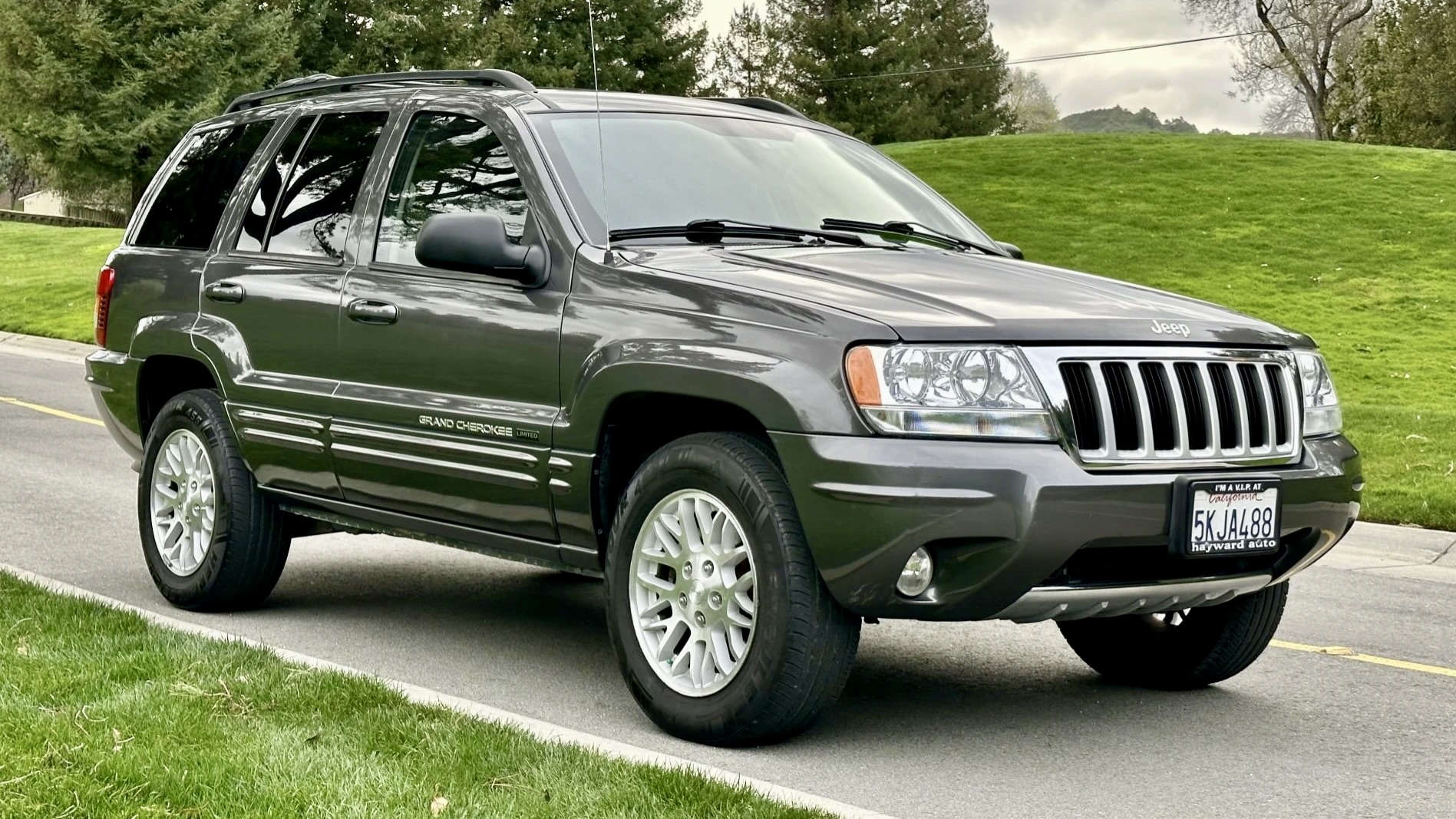
Jeep Grand Cherokee (Older Models)
The Jeep Grand Cherokee, particularly models from the late 1990s to early 2000s, has gained a reputation among enthusiasts and owners alike for chronic overheating issues. These problems are often linked to fundamental design flaws in the cooling system that make the vehicle prone to heat-related breakdowns.
For starters, many older Grand Cherokees were equipped with radiators that were undersized relative to the engine’s heat output. This mismatch results in insufficient heat dissipation, especially during demanding conditions such as towing, off-roading, or driving in hot climates. The radiator’s core design often limited coolant flow, meaning the engine could not be cooled effectively when pushed hard.
Another contributing factor is the tight packaging of the engine bay in these models. The Grand Cherokee’s powerful V8 engines generated significant heat but were confined in a space that restricted airflow. With limited fresh air reaching the radiator and the cooling fans, the system struggled to maintain safe operating temperatures.
The cooling fans themselves were sometimes underpowered or prone to early failure, exacerbating heat retention. This mechanical shortfall was particularly noticeable in stop-and-go traffic or while climbing steep grades, where natural airflow is limited and engine loads are high.
Compounding these issues, the materials used in the cooling system—such as plastic radiator tanks and coolant reservoirs—were susceptible to cracking and leaks as the vehicle aged. Over time, these small leaks lead to coolant loss, which drastically reduces the system’s ability to manage heat.
The water pumps and thermostats in these models were also known weak points, with failures causing coolant circulation problems and further increasing overheating risks. This chain reaction often culminated in engine damage if the overheating was not caught early.
Owners of older Grand Cherokees often resort to aftermarket upgrades to address these issues. High-performance aluminum radiators, heavy-duty cooling fans, and upgraded water pumps are common modifications aimed at improving thermal management.
While these enhancements can reduce overheating frequency, they underscore the underlying design deficiencies present in stock systems. Until these vehicles are retrofitted or replaced, overheating remains a persistent and costly problem for many Grand Cherokee owners.

Ford Explorer (Early 2000s Models)
The Ford Explorer from the early 2000s era has become infamous for its overheating tendencies, a problem that plagued many SUVs during that period. One primary cause is the vehicle’s original cooling system design, which often featured radiators and cooling fans that were insufficient for the engine’s heat output, particularly in V6 and V8 configurations.
These radiators frequently struggled to handle the heat generated during high-demand driving, such as towing or long highway trips under load, causing temperature spikes that could lead to engine damage.
Moreover, the Explorer’s engine bay layout contributed to poor heat dissipation. The positioning of the radiator and fan assembly was not optimized for maximum airflow, which became especially problematic when the vehicle was moving slowly or idling. In traffic jams or hot weather, the limited air movement through the front grille meant the radiator was not receiving enough cooling air.
The cooling fans in many early 2000s Explorers were also known to be underpowered and sometimes failed prematurely, further compounding overheating issues.
The materials used in the cooling system also left something to be desired. Plastic components, such as the radiator tanks and overflow reservoirs, often developed cracks over time due to heat cycling and material fatigue.
These leaks could go unnoticed until coolant levels dropped significantly, causing the engine to overheat. Additionally, the Explorer’s water pump and thermostat were frequent failure points, with faulty parts reducing coolant circulation and temperature regulation.
Ford addressed some of these issues in later models by upgrading radiators and cooling fans, but early 2000s Explorers often require aftermarket fixes to manage heat effectively.
Owners who neglect maintenance or use low-quality replacement parts frequently find themselves facing overheating problems. For this reason, the early Ford Explorer is a classic example of a vehicle that constantly battles overheating without proactive care and modification.
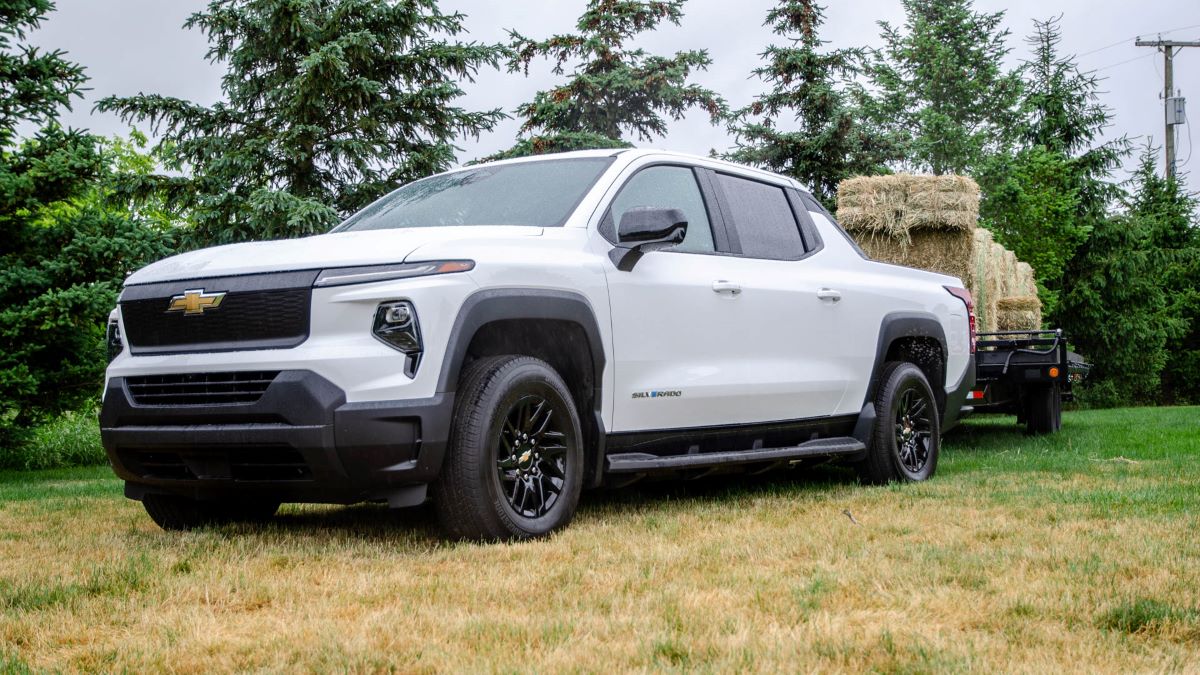
Chevrolet Silverado (Older and High-Performance Models)
The Chevrolet Silverado, especially older models and certain high-performance variants, has been reported to suffer from overheating under heavy use. This is due in part to the size and power of some Silverado engines, which produce substantial heat during towing, hauling, or extended high-speed driving.
Older Silverado models were sometimes equipped with cooling systems that were not fully up to the task of managing this heat, particularly in versions with larger V8 engines.
A key contributor to overheating in these trucks is radiator size and efficiency. In some older Silverados, the radiator core was not sufficiently large or made with materials that facilitated rapid heat dissipation.
The cooling fans, typically mechanically driven in these models, could be less responsive or fail over time, reducing airflow when it was most needed. This problem was aggravated during heavy towing or driving in hot weather, conditions where the engine’s thermal load increases dramatically.
The engine bay’s configuration also posed challenges. The tight space restricted airflow, while heat from the exhaust and turbochargers (in some models) further increased under-hood temperatures.
This cumulative heat build-up could overwhelm the cooling system, leading to frequent overheating episodes if the truck was pushed hard for extended periods. Additionally, some Silverado owners reported coolant leaks from aging hoses and failing gaskets, which further exacerbated the problem.
High-performance Silverado models, such as those equipped with the Vortec 6.0L V8 or the more recent turbocharged engines, tend to generate more heat, making adequate cooling even more critical.
Without upgrades or diligent maintenance, these trucks often face overheating challenges. Aftermarket radiator upgrades, electric fan conversions, and improved coolant formulas are common solutions among Silverado enthusiasts to mitigate these issues.

Nissan Pathfinder (Early to Mid-2000s)
The Nissan Pathfinder, particularly the first-generation models in the early to mid-2000s, is another vehicle with a known history of overheating issues. This SUV’s problems often stem from a combination of design choices and component quality that led to insufficient cooling performance.
The radiator size and design, along with the cooling fan system, were frequently inadequate to handle the heat generated by the Pathfinder’s V6 engines, especially under stress such as off-road driving or in high ambient temperatures.
Airflow restrictions within the Pathfinder’s engine bay also played a major role in overheating problems. The radiator placement, combined with a relatively small grille opening, limited the amount of air that could reach the radiator, reducing its cooling capacity. The cooling fans were often reported as underperforming or failing outright, leaving the engine susceptible to rapid temperature increases during idling or low-speed driving.
Component durability issues further worsened the situation. Plastic radiator tanks and coolant reservoirs were prone to cracking, leading to slow coolant leaks that were not immediately noticeable to drivers.
Thermostats and water pumps were common failure points, and their malfunction could cause the coolant to circulate improperly or not at all, accelerating overheating. The cumulative effect of these failures led to frequent breakdowns and costly repairs.
Maintenance and aftermarket support for the Nissan Pathfinder’s cooling system have improved over the years, but many early models still struggle with overheating unless owners proactively upgrade radiators, fans, and cooling system components. The Pathfinder’s overheating reputation remains a cautionary tale for buyers considering older SUVs without thoroughly inspecting their thermal management systems.
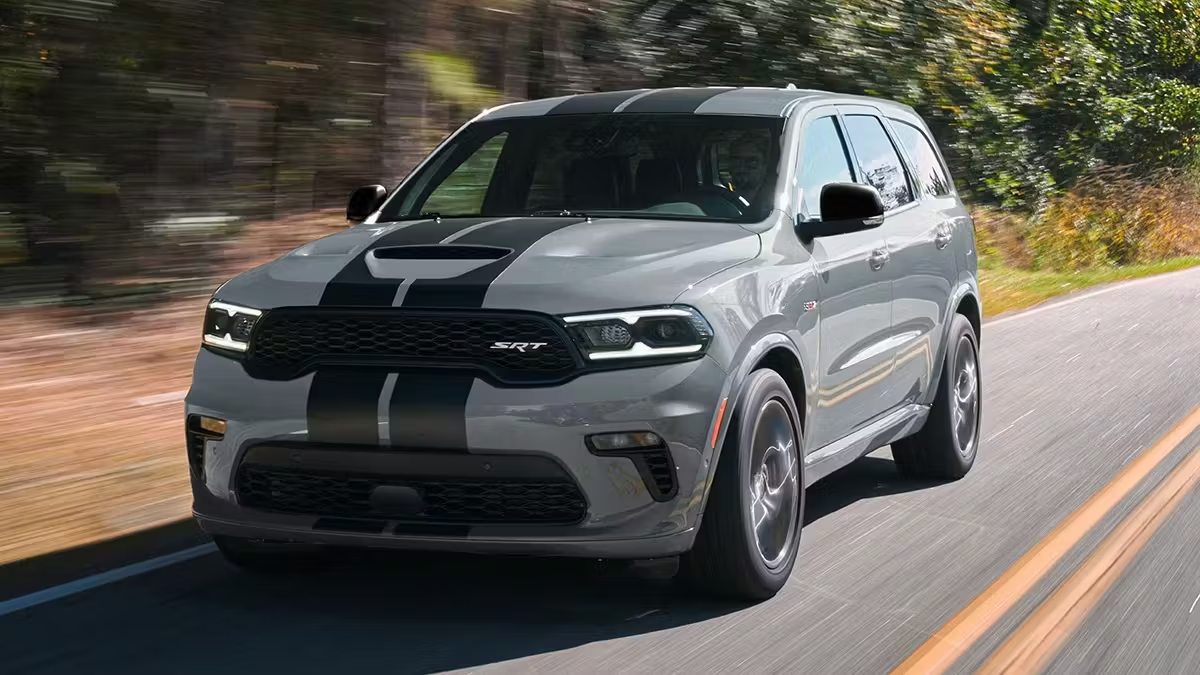
Dodge Durango (Early 2000s Models)
The Dodge Durango of the early 2000s is yet another SUV with a history of overheating troubles. Its powerful V8 engines generate significant heat, but the cooling systems in these models were sometimes under-engineered to cope with sustained heavy loads or high-temperature environments.
Owners frequently report overheating during towing, off-roading, or prolonged idling, situations that place increased thermal demands on the vehicle.
One major factor is the radiator design. Some Durangos came with smaller radiators that lacked the cooling capacity necessary for the engine’s heat output. This was compounded by limited airflow through the grille and engine bay, particularly when the vehicle was stationary or moving slowly.
The electric cooling fans sometimes failed to engage properly or were not powerful enough to compensate for poor airflow, leading to rapid temperature rises. Durango’s cooling system components, such as hoses and plastic tanks, were also known for premature wear and leaks.
These failures often resulted in coolant loss, reducing the system’s ability to manage engine temperatures effectively. Furthermore, water pumps and thermostats in these vehicles were common points of failure, causing erratic coolant circulation and exacerbating overheating risks.
Owners of Dodge Durangos frequently resort to aftermarket solutions such as upgraded radiators, high-output fans, and more durable coolant lines to combat these inherent issues. Despite these fixes, the Durango’s reputation as a vehicle prone to overheating persists, particularly in older models with high mileage or those used in demanding conditions.
Also Read: 5 Sedans With the Best Biometric Entry and 5 With Only Key Fobs
Overheating is a complex issue influenced by multiple factors including engineering design, component quality, engine type, and maintenance practices. Our exploration of five vehicles that rarely overheat alongside five that constantly face thermal management challenges reveals clear patterns that highlight the importance of cooling system integrity and design foresight.
Vehicles like the Toyota Camry, Honda Accord, and Subaru Outback demonstrate how careful engineering, efficient airflow management, and durable materials come together to create reliable thermal performance. These models not only protect their engines from excessive heat but also promote long-term reliability and peace of mind for their owners.
Conversely, vehicles such as the older Jeep Grand Cherokee, early 2000s Ford Explorer, and Dodge Durango illustrate how deficiencies in cooling system design or component durability can lead to chronic overheating issues.
Factors such as undersized radiators, weak cooling fans, plastic parts prone to leaks, and cramped engine bays contribute to these problems, often requiring owners to seek aftermarket modifications or face frequent repairs.
For drivers, owning one of these vehicles can mean constant vigilance, increased maintenance costs, and a higher risk of breakdowns—challenges that underscore the critical role of effective cooling systems in vehicle reliability.
Beyond individual vehicle cases, the broader takeaway is that overheating is rarely caused by a single factor. Instead, it is usually the result of a combination of design choices, component quality, environmental conditions, and driver habits.
Even vehicles designed with robust cooling systems can overheat if maintenance is neglected or if they are pushed beyond their intended operational limits. Conversely, some models with weaker factory cooling systems can benefit significantly from upgrades and careful upkeep.
For prospective vehicle buyers, understanding these nuances is essential. Choosing a vehicle with a proven track record of thermal reliability reduces the chances of costly repairs and inconvenient breakdowns.
For current owners, recognizing signs of cooling system stress—such as rising engine temperature gauges, coolant leaks, or unusual fan operation—can prompt timely repairs that prevent serious engine damage. Regular maintenance, including coolant flushes, radiator inspections, and fan checks, is vital to ensure optimal cooling system performance regardless of vehicle model.
Moreover, the evolution of automotive cooling technology suggests that newer vehicles are increasingly better equipped to manage engine heat efficiently. Advances in electronically controlled thermostats, high-capacity radiators, multi-stage electric fans, and improved materials all contribute to better thermal management.
However, the legacy of earlier design choices still affects many vehicles on the road today, and understanding which models are prone to overheating remains important for buyers and owners alike.
Ultimately, the best approach to preventing overheating is a combination of informed vehicle choice, proactive maintenance, and attentive driving habits. Whether navigating a midsize sedan built for longevity or a rugged SUV designed for heavy duty, appreciating the complexities of engine cooling systems equips drivers to keep their vehicles running smoothly under all conditions.
This article’s comprehensive overview of vehicles that rarely and constantly overheat serves as a valuable guide for those seeking to avoid the pitfalls of thermal failure and enjoy reliable, trouble-free motoring.

